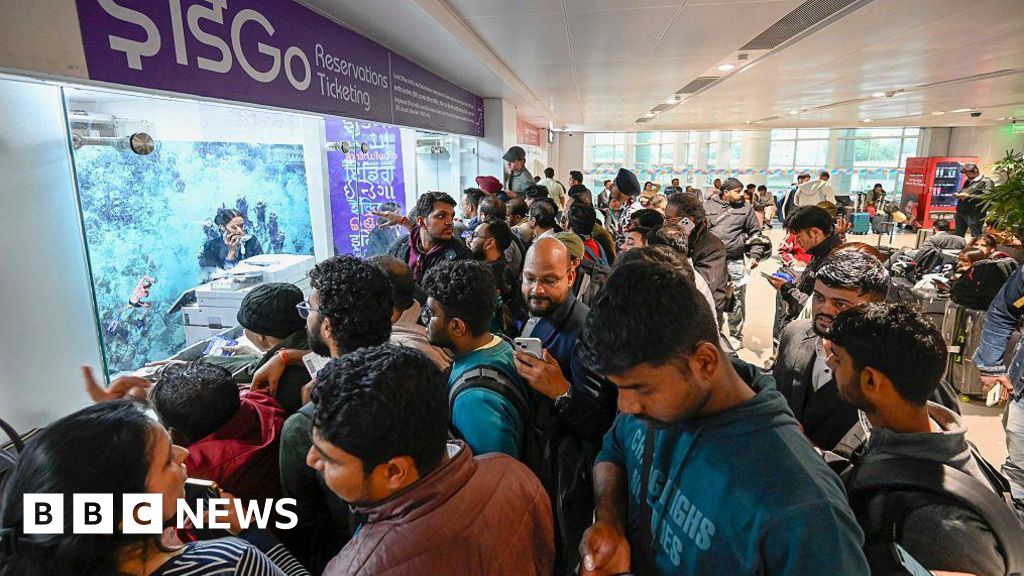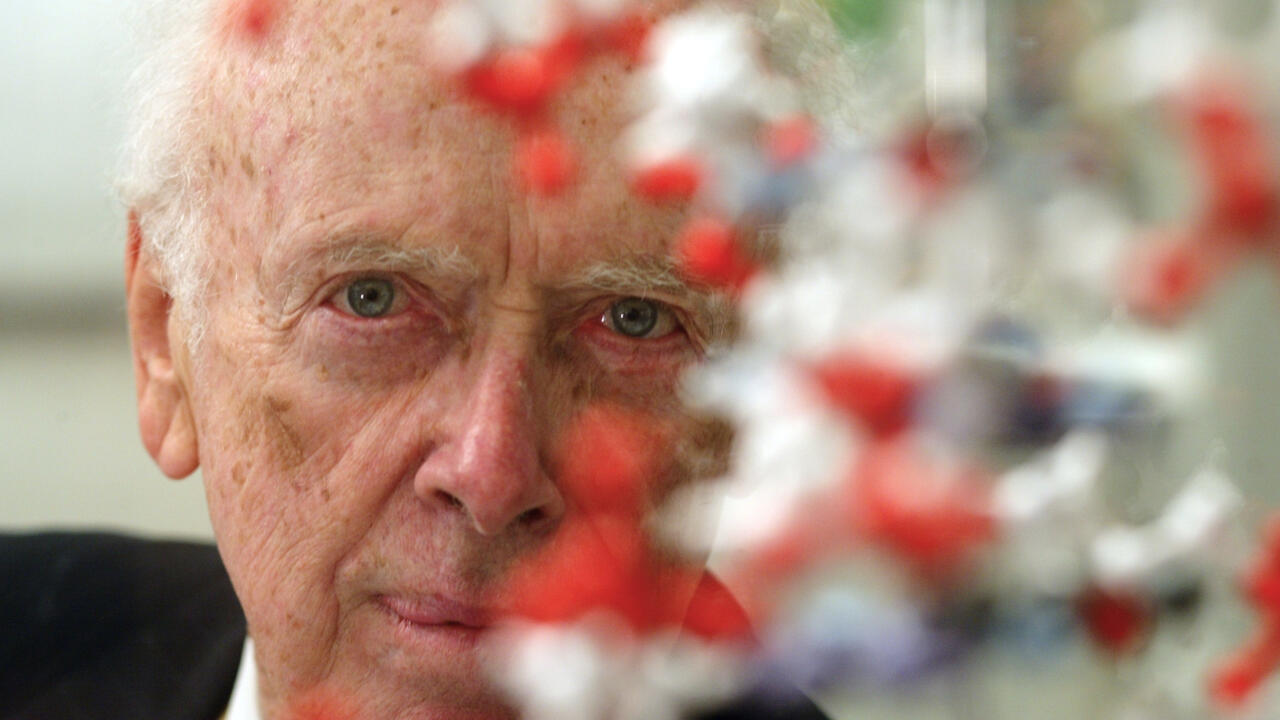 The Amazon rainforest, covering much of northwestern Brazil and extending into other South American countries, is the world’s largest tropical rainforest and is vital to fighting climate change. Credit: CIAT/Neil Palmer Source UN News
The Amazon rainforest, covering much of northwestern Brazil and extending into other South American countries, is the world’s largest tropical rainforest and is vital to fighting climate change. Credit: CIAT/Neil Palmer Source UN NewsWASHINGTON DC, November 11 (IPS) - My recent visit to Brazil coincided partly with the Conference of the Parties (COP) 30, the 30th United Nations Climate Conference in Belém. Although I did not attend COP 30, I was very fortunate to visit the Amazon.
It was both awe-inspiring and humbling to experience —even briefly—the mystery and stillness of nature, and the ebb and flow of life in the Amazon: the largest tropical rainforest in the world, sustained by the ever-flowing Amazon River, the largest and widest river on Earth.
The magnificent forest, the river, and its tributaries, such as the black-water Rio Negro, teem with countless interdependent species. The great Samaúma—the “tree of life,” or giant kapok tree—stands tall above innumerable other trees, vines, and plants.
Many trees provide homes for birds and other animals that build their nests high among the branches or near the roots. Sloths do not build nests; instead, they spend their entire lives in the forest canopy, hanging upside down from branches while resting or sleeping.
In contrast, capuchin and squirrel monkeys leap from tree to tree in search of food, while birds—from the tiniest short-tailed pygmy tyrant to the colorful red-crested, green, and black Amazon kingfishers—flit from branch to branch, each awaiting its own prey. As night falls, the beautiful white owl-like great potoo emerges and sits patiently, seemingly forever, waiting for its turn to hunt.
In the river, silvery flying fish—sometimes in droves—leap from the water to catch insects, while gray and pink dolphins bob up and down, chasing fish or simply playing. Along the banks, proud egrets and fierce spectacled and black caimans lie in wait for their prey. Overhead, flocks of birds, including parakeets, fill the sky with song as vultures descend to feed on the remains of fallen animals below.
Humans have also lived in the Amazon for tens of thousands of years, in close symbiosis with other species, hunting in the forest and fishing in the river for their survival. Petroglyphs—carvings of human and animal figures, along with abstract shapes etched into rocks along the Amazon River—speak of their deep respect for nature and their ways of communicating with one another.
Even today, many of the indigenous communities who inhabit the Amazon remain devoted to protecting Mother Earth, upholding their eco-centric values and traditional ways of life.
There are also the river people (ribeirinhos), many of mixed indigenous and Portuguese descent, living along the Amazon River—often in floating homes or houses built on stilts. Their livelihoods and cultures are deeply intertwined with the river and forest, making the protection of the Amazon essential to their survival.
The Amazon lost an estimated 54.2 million hectares of forest—over 9% of its total area—between 2001 and 2020, an expanse roughly the size of France. The Brazilian Amazon, which makes up 62% of the rainforest’s territory, was the most affected, followed by Bolivia, Peru, and Colombia. Along with deforestation, the Amazon is estimated to lose 4,000 to 6,000 plant and animal species each year.
COP 30
At the opening of the COP 30 Conference in Belém last week, Luiz Inácio “Lula” da Silva, the President of Brazil pointed out that concrete climate action is possible and that deforestation in the Amazon has been halved just in the past two years. He declared that the “era of fine speeches and good intentions is over” and that Brazil’s COP 30 will be a ‘COP of Truth and Action’, “COPs cannot be mere showcases of good ideas or annual gatherings for negotiators. They must be moments of contact with reality and of effective action to tackle climate change.”
President da Silva also emphasized that Brazil is a global leader in biofuel production—renewable energy derived from organic materials such as plants, algae, and waste—stressing that “a growth model based on fossil fuels cannot last.” Indeed, at COP 30, the future of the world’s tropical forests, vital ecosystems, and the shared climate of humanity and other species is at stake.
“Truth and Action”
Notwithstanding President da Silva’s optimistic pronouncements at Belém, troubling developments continue on the climate front in Brazil and around the world. In preparation for COP 30, the Brazilian government—along with India, Italy, and Japan—launched an ambitious initiative in October 2025: the “Belém 4x” pledge, which aims to quadruple global sustainable fuel use by 2035. This goal is projected to more than double current biofuel consumption.
However, environmentalists have expressed concern that a massive expansion of biofuel production, if undertaken without strong safeguards, could accelerate deforestation, degrade land and water resources, harm ecosystems, and threaten food security—particularly as crops such as soy, sugarcane, and palm oil compete for land between energy and food production.
Just days before COP30, the Brazilian government granted the state-run oil company Petrobras a license to drill for oil near the mouth of the Amazon River. The government, including Minister for the Environment Marina da Silva, has defended the move, claiming that the project would help finance Brazil’s energy transition and help achieve its economic development goals.
Environmentalists have criticized the decision, accusing the government of promoting fossil fuel expansion and worsening global warming. They warn that drilling off the coast of the world’s largest tropical rainforest—a crucial carbon sink—poses a serious threat to biodiversity and indigenous communities in the Amazon region.
According to environmental activists, in the Amazon, “31 million hectares of Indigenous Peoples’ territories are already overlapped by oil and gas blocks, with an additional 9.8 million hectares threatened by mining concessions.”
Moreover, a controversial four-lane highway, Avenida Liberdade, built in Belém in preparation for the COP30 climate summit, is being defended by the Brazilian government as necessary infrastructure for the city’s growing population. Environmentalists and some locals are alarmed that clearing more than 100 hectares of protected Amazon Rainforest to build the road will accelerate deforestation, harm wildlife, and undermine the climate goals of the COP summit.
The onus of protecting the Amazon Rainforest—often called “the lungs of the planet”— cannot rest on Brazil alone; it is a shared responsibility of all humanity. Numerous studies show that the world can thrive without fossil and biofuels by adopting alternative renewable energy sources such as solar, wind, and hydroelectric power.
The global order, led by the United States and other Western nations, bears primary responsibility for the climate and environmental crises, as well as for deepening global inequality. Emerging powers from the Global South—particularly the BRICS nations, including Brazil—are now called to move beyond rhetoric and take concrete action. As President Lula da Silva himself has stated, COP 30 presents a critical opportunity to move decisively in that direction.
Negotiators and policymakers at COP 30 must take firm, principled moral action—resisting pressure from the fossil fuel lobby and prioritizing the interests of the planet and its people over short-term, profit-driven growth.
Dr Asoka Bandarage is the author of Women, Population and Global Crisis: A Politico-Economic Analysis (Zed Books, 1997), Sustainability and Well-Being: The Middle Path to Environment, Society and the Economy (Palgrave MacMillan, 2013) and numerous other publications on global political economy and the environment including “The Climate Emergency And Urgency of System Change” (2023) and ‘Existential Crisis, Mindfulness and the Middle Path to Social Action’ (2025). She serves on the Steering Committee of the Interfaith Moral Action on Climate.
IPS UN Bureau
© Inter Press Service (20251111071935) — All Rights Reserved. Original source: Inter Press Service

 3 weeks ago
20
3 weeks ago
20










 English (US) ·
English (US) ·